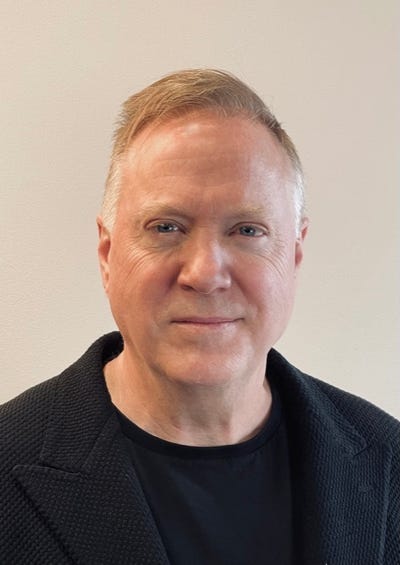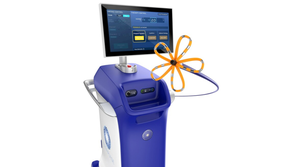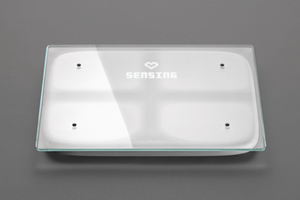Adapting the Medtech Infrastructure for R&D Innovation
For more promising medical technologies to cross the so-called valley of death, development teams need to rethink their approach.
March 13, 2017

As the convergence of high tech and medtech continues, ask most medical professionals if there's a better way of bringing new medical technologies to market, and they'll likely all agree that there is. However, most of these professionals can't devote the time needed to develop a new medical device or improve an existing one. Most often, they use devices and techniques they've learned in medical school or fellowship.
Sadly, there are thousands of potential medical device solutions waiting to escape hospitals and university R&D labs and be commonly applied in wide-scale medical practice. These hi-tech-based medical breakthroughs have the potential to vastly improve the gold standard of care associated with today's devices, many of which have remained relatively unchanged for decades.
The Challenge
New medical inventions face obstacles so daunting that many developers don't know how to navigate the landscape. The efforts needed to fund, develop, manufacture, and gain market approval for new inventions is time-consuming and resource-intensive. One of the biggest obstacles to commercializing any new medical device is meeting regulatory requirements set in place by both domestic and international agencies. Although these requirements are needed to ensure efficacy and safety, those overhead costs pose enough of a burden that large medical device organizations often shy away from promising new technologies that are not home grown.
A New Approach
A vastly different way of bringing medical devices to market is required. A method applying a rapid response team to fast-track development is proven in the high-tech industry. I'm advocating far greater support for highly disciplined commercialization teams that more effectively bridge the gap between raw technical innovations and established medical device manufacturers.
Smaller is Faster
Creating and employing smaller, more nimble development teams that can rapidly take new technologies through the development and approval processes are key. The team must establish a clear set of criteria from the start. But even though there are thousands of inventions available at universities and hospitals waiting for entrepreneurial sponsorship, not all inventions are viable or created equal.
Military Precision
Our military has shown that smaller, highly focused, and highly skilled teams can create rapid successes. Effective medical device development demands a mix of special talents and rapid execution for shepherding innovative new technologies through the required regulatory steps.
The convergence of medical devices and high tech is already happening, but a broader range of experience is needed, with team members bringing knowledge from differing industries to employ a wide range of skills and methods.
Ideally, teams would combine military precision with Silicon Valley intensity. Successful teams would include the following:
A well-conditioned team operating at a fast pace.
Experts from the fields of medical, software, robotics, big data analytics, regulatory, and various military sectors.
A level of comfort with a lean environment that's very fluid.
A focus on solving problems needed to achieve the next milestone
A near-paranoid attitude of constant advancement and improvement.
A bias for action now.
A distain for shortcuts and a willingness to do the necessary work.
A drive to improve our healthcare system.
Device Development Criteria
To find new technologies that have potential and identify those best suited for further development, teams should ask these 10 questions:
Does it affect an existing medical tool or device in use today?
Is there a patent strategy or patents granted from a reputable law firm?
Does it address a large market or provide a pathway to one?
Will providers accept and use it in their daily workflow?
What are the impacts on healthcare costs?
Does it provide equal cost and time savings and/or is there a substantial savings over comparable devices?
Are there studies showing clinical improvements or outcomes?
What is the regulatory strategy?
Can there be early involvement by a large medical device company for direct input and/or investment?
What is the expected hospital capital expense for the device, knowing the pressure on hospitals to cut costs?
There are solutions being transformed by the convergence of healthcare and the high-tech industries. The faster we adapt, the sooner we will all benefit.
[image courtesy of CHATCHAI_STOCKER_FREEDIGITALPHOTOS.jpg]
About the Author(s)
You May Also Like




